Dicotyledonous plants include 200 thousand species of angiosperms
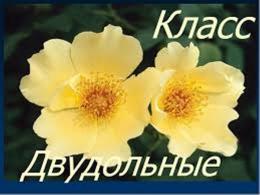
Our world is decorated with a great variety of plants. Thanks to them, we breathe fresh air, admire the beauty of herbs and flowers, use them in the treatment of many diseases, use herbs to feed animals and generally cannot imagine our planet without a green outfit. Without them, life on Earth will become impossible.
The article will tell you about plants that belong to dicotyledonous, their morphological characteristics, about flowering, agricultural and weed crops.
Content:
- What plants are called dicotyledons, morphological characteristics
- Flowering plants that belong to the dicotyledons
- Agricultural crops
- Dicotyledonous weeds
What plants are called dicotyledons
More than 350 thousand species of angiosperms grow on our planet. They are divided into monocotyledons and dicotyledons.
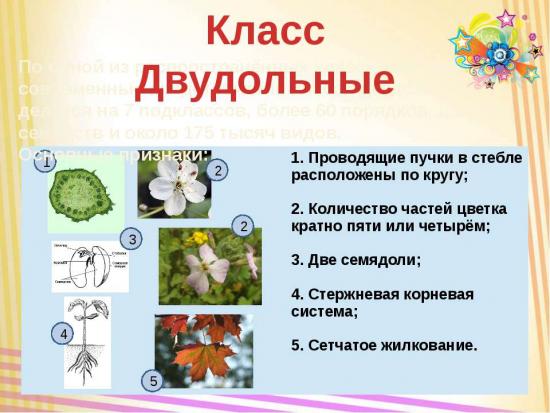
Dicotyledonous plants include beans. Using her example, it is easy to get acquainted with the structural features of the seed of the dicotyledonous class. When a seed germinates, it divides exactly in half. Everyone saw this when studying the structure and germination of beans in school.
Morphological characteristics:
- During germination, the grain is divided exactly in half.
- Reticulate venation of foliage.
- Tap root system.
- The leaf is heavily dissected.
- The stem is often woody. This is due to the location of the cambium between the xylem and phloem.
- Number of parts flower usually in multiples of four or five.
As always, there are sometimes exceptions to the rules. The main feature still remains the ability of the seed to divide into two lobes. This is why they were given such a name.
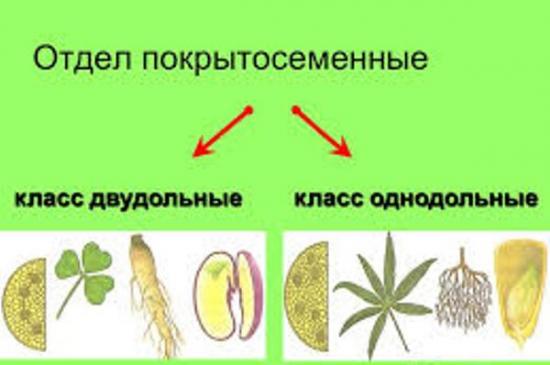
The class of dicotyledons includes: legumes(mothaceae), Rosaceae, cruciferous, Asteraceae, Solanaceae, along with them and plants of the families: purslanaceae, myrtleaceae, Crassulaaceae, begoniaceae, willow, grape, walnut, umbrella, birch, laurel, pumpkin.
Dicotyledonous plants also include nettle, hemlock, and belladonna. They are poisonous, although they are often used in folk medicine.
Along with the plants already listed, dicotyledonous plants include calendula, cumin, and dill.
Flowering plants that belong to the dicotyledons
Dicotyledons are considered the largest group of flowering plants. There are almost 175,000 species or almost 360 families. This is almost three times the number of monocots.
Green representatives of dicotyledons are distinguished by the diversity of the structure of their reproductive organs, which makes it difficult to identify true family relationships between families and orders. It is still not clear where dicotyledons first appeared and who their real ancestor was.
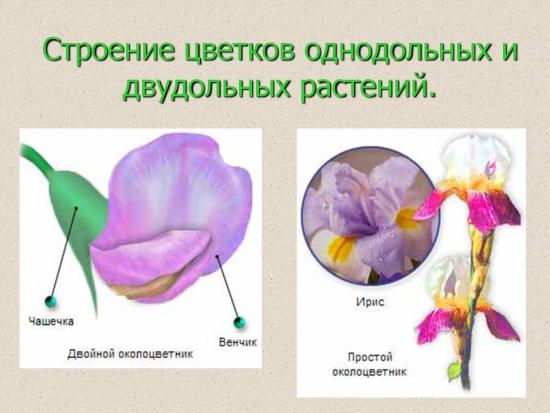
Most scientists adhere to the hypothesis that polycarpids, belonging to the orders Ranunculaceae and Magnoliaceae, are considered the most ancient group, which became the ancestor of angiosperms.
I would especially like to dwell on the group of flowering plants that belong to the dicotyledons. Dahlias are included in this group, marigold, daisies, daisies, asters, petunia. These plants decorate flower beds, parks and squares from early spring to late autumn.
Family Rosaceae
Many tree forms are included in the Rosaceae. This list includes quince, acacia, sakura, fig, apricot, cherry, shadberry, raspberry, almond, plum, rowan, rose, cherry, and apple tree.
Family Legumes
Dicotyledonous plants include: beans, lupine, acacia, peas, clover, peanuts, soybeans. The Legume family has almost 17,000 species. Some of them have been used by man since time immemorial. All legumes form nitrogen-containing nodules during growth, and this contributes to the natural enrichment of the soil.
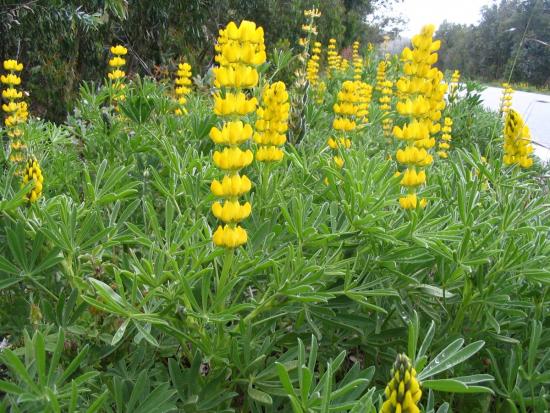
Family Solanaceae
But we should dwell in more detail on the Paslenov family. Almost all garden crops are classified as dicotyledonous. Potato, pepper, eggplant, tomatoes came to us from America.
Family Asteraceae
This family is considered the most numerous. It has almost 20 thousand species. A distinctive feature is that their small flowers are collected in inflorescences, which are usually called baskets. Many honey plants and medicinal herbs belong to the Asteraceae class.
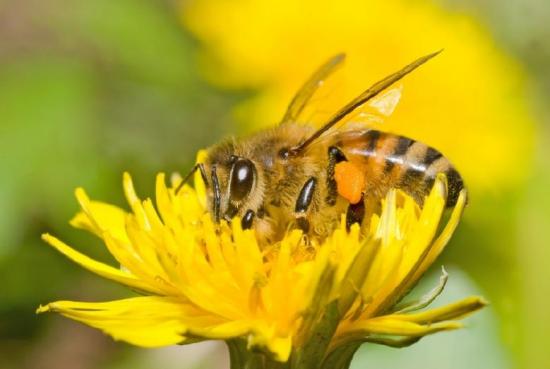
Family Cruciferae
Many herbaceous flora growing in temperate climates belong to the Cruciferous family. There are just over 3000 species. Bright representatives of the family: mustard, radish, shepherd's purse, cabbage, horseradish, rapeseed. Among them are many useful, but also quite a few weed crops.
Agricultural crops
Among these crops, many belong to the dicotyledonous family: sunflower, peas, alfalfa, clover. Their benefits are undeniable. They are used for food production and animal feed.
A bright representative of the Asteraceae family, there are almost 100 varieties. Among them there are both annuals and perennials.Sunflower varieties bred with a high oil content are of greatest economic importance.
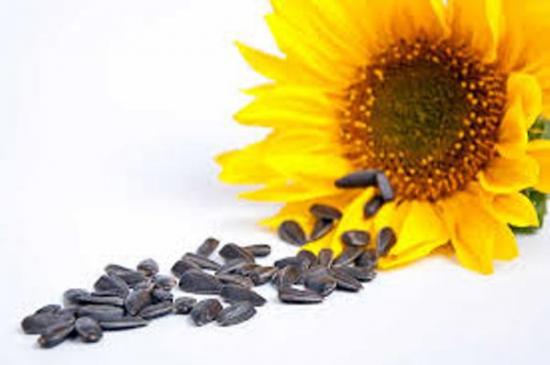
Potato
Belongs to the nightshade family. This crop is grown for technical needs, for animal feeding and for food use.
Cabbage
Belongs to the cruciferous family. Contains calcium salts and vitamins. A biennial plant that loves moisture and can tolerate slight drops in temperature. It began to be cultivated in the Mediterranean over 4 thousand years ago. Even Pythagoras was involved in its selection.
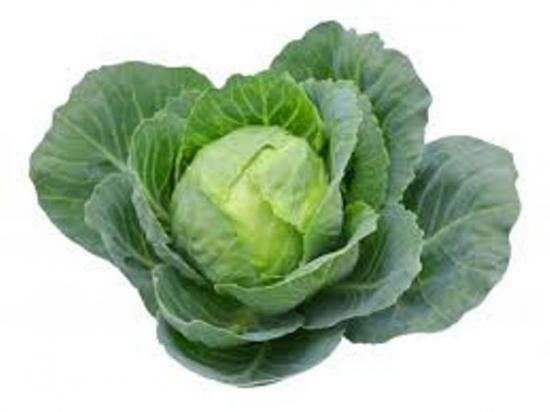
Sugar beet
Belongs to the family Beet, to the Loboda family. Biennial plant. In the first year, after sowing, it forms a root crop, and in the second year, flower stalks appear. Pollination occurs with the help of wind.
Dicotyledonous weeds
Among dicotyledonous plants there are weeds and poisonous ones: ragweed, dandelion, hemlock, belladonna, poisonous weed, hogweed, eryngium, whine. Ambrosia not only litters fields and vegetable gardens, but also poisons the air with its pollen.
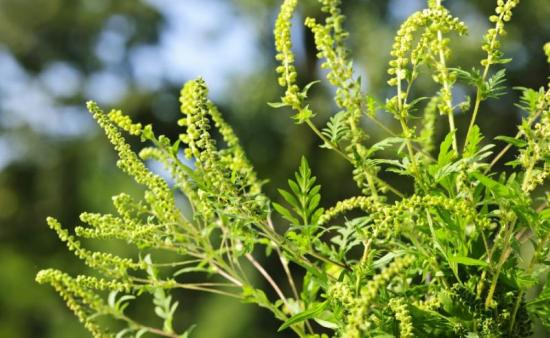
It causes allergies and asthma attacks, so there is an organized fight against it. Plants are torn out, sprayed with pesticides, mowed down and burned.
Ambrosia is very tenacious and very difficult to deal with.
You can get even more information about dicotyledonous plants by watching the video:

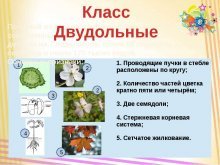
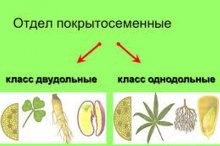
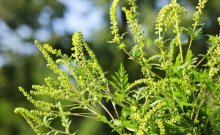
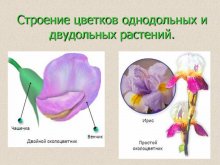
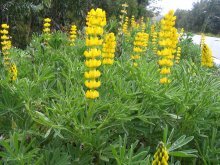
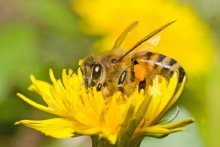
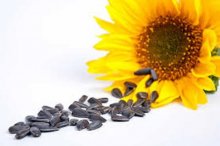

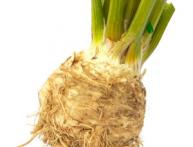

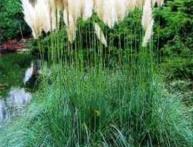
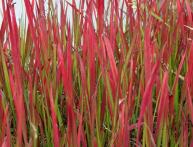
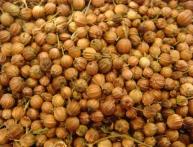
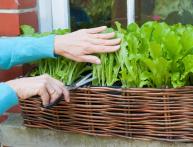
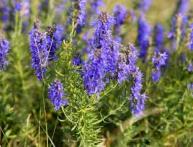
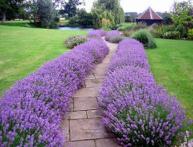
Comments
From a scientific and educational point of view, of course, this material is interesting, but to be honest, I never thought about whether the plant growing in my dacha is a dicotyledon or not)